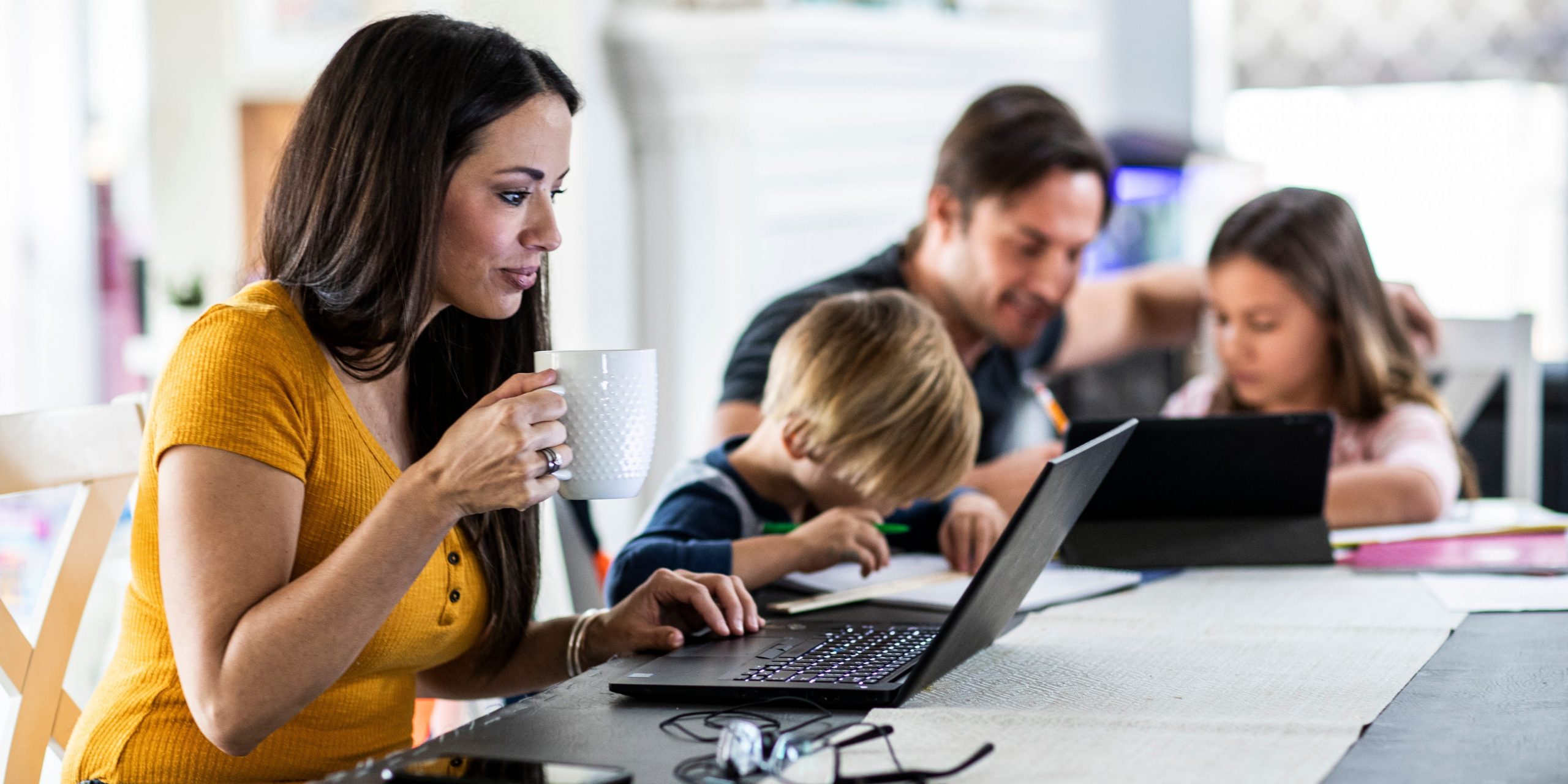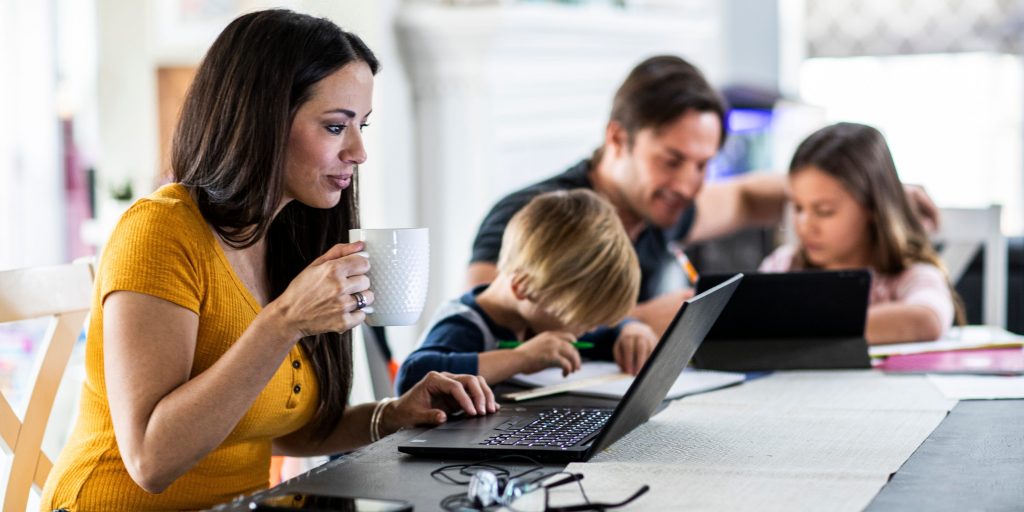
- The COVID-19 pandemic forced parents and caregivers to juggle work in life in a whole new way.
- In the push to return to normal, many employers are coming up short in supporting their teams.
- Insider's Rebecca Knight spoke with three experts about how companies benefit by doing better.
Shortly after Adrienne Schneider left her job at American Airlines, where she was the Director of Benefits, her father was diagnosed with amyotrophic lateral sclerosis (ALS).
"I really learned how complex caregiving can be," she said during a recent Insider panel on working parents and caregivers. "I found myself taking on so many different roles that I never imagined that I would be in."
Between scheduling therapy, negotiating with insurance companies, taking on nursing duties, and financial planning, Schneider found herself immersed in the complicated reality that many of her coworkers at AA have been navigating when it comes to looking after children or aging relatives.
During the COVID-19 pandemic, many parents have had their already complicated lives further disrupted by having to juggle at-home lessons and Zoom meetings with work email and meal prep.
The result has been devastating to the mental health of those who have had to look after kids or parents (or both) while trying to do a job that keeps the bills paid, said panelist Karsten Vagner, senior vice president of people for Maven, the telehealth clinic.
Roughly 70% of respondents in a study by the US Centers for Disease Control who were either parents or caregivers reported poor mental health during the pandemic - more than double the rate of those who did not have those responsibilities. The rate for those who were both parents and caregivers was a whopping 85%.
And the impact is far from even.
Nearly 10 million working mothers in America suffer from workplace burnout, according to research by Maven, which also found that mothers were 28% more likely to experience burnout than fathers, Vagner said. Rates of burnout were also higher among Black, Hispanic, and Asian women.
One way to understand the issue is that the average person spends about 14 hours on unpaid household work each week, while the average parent or caregiver spends 30, with women typically doing more and men doing less, said panelist Kate Walker.
Walker is CEO of online special education services provider Presence Learning, and the author of the book The Good Boss: 9 Ways Every Manager Can Support Women at Work.
"It can really feel like every single hour - every single minute - is accounted for," she said. "I know a lot of working moms who pride themselves on the intricately balanced schedules that they manage."
But the pandemic has wrought havoc on that precarious balance and now, perhaps more than any time in the modern era, the cost of caregivers' struggles is increasingly apparent as companies struggle to hire or retain workers.
While employers say they can't find people to hire, 309,000 women left the labor force in September, which means they are no longer looking for work, and 5 million fewer people have jobs now than in February 2020.
A few adjustments from employers could help turn that story around, Insider's panelists said.
All agreed that flexibility is fundamentally important, both in terms of hours and location, but Walker emphasized the importance of predictability from managers to keep caregivers' "house of cards" schedules from falling down.
"If you as their manager change something at the last minute, you are creating a hardship, you're creating stress, you're creating extra work," she said.
Schneider pointed out that the way forward will require an open mind and a recognition that the world works differently now, especially when it comes to how managers consider things like part-time roles or job applicants with longer gaps in their résumés.
"We will see people returning to the workforce, but I think we have to learn from the position that we've been in," she said. "I don't think that we can just view in isolation what's been happening for the last 19 months."
Balancing these needs against your company's performance is far from easy to do, Vagner acknowledged.
"How do you meet and accommodate everyone where they are and also drive your business forward as well?" he said. "It is hard work. We've been doing it for 19 months, we're going to be doing it for much longer."
If the mountains of evidence from the past year are any indication, those companies that figure this balance out for their caregiver employees will likely continue to gain an edge on those that don't.

